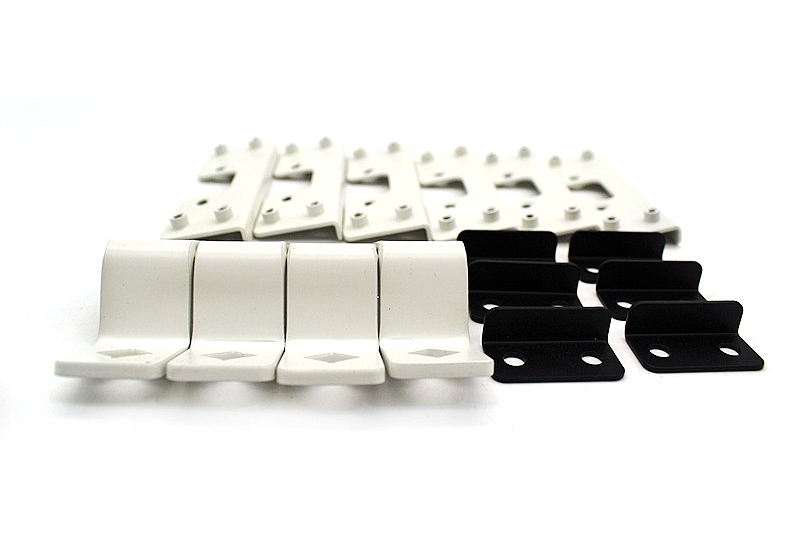How does versatile material handling impact manufacturing efficiency?
Introduction
In modern production environments, versatile material handling is one of the most influential factors in achieving high efficiency, stable throughput, and consistent product quality. As an engineer working with multi-process manufacturing chains, I see how flexible movement, storage, and preparation of metals, plastics, and composites directly affect cycle time, defect rate, tooling longevity, and the integration of downstream processes such as forming, machining, and finishing.
Improving Workflow Through Multi-Process Compatibility
Versatile material handling enables manufacturers to transition seamlessly between various production routes. When parts transition smoothly into shaping operations, such as sheet metal fabrication or thermal cutting processes, like laser cutting, bottlenecks are eliminated. This also supports subsequent forming steps, including metal bending, enabling consistent flow even in mixed-material environments.
Handling flexibility is especially valuable when dealing with complex molds or small-batch validation through prototyping, where rapid movement between machining, molding, and inspection reduces idle machine time. When metals require casting-based preparation, efficient transport into workflows, such as investment casting, helps stabilize production sequences.
Material-Driven Improvements in Efficiency
Different materials place unique demands on handling workflows. Aluminum components, particularly alloys such as A380, benefit from controlled handling to prevent deformation during preparation or bending. Stainless-steel grades, such as cast stainless steel, require stronger support systems due to higher density and hardness.
Copper materials, such as copper alloys, demand careful handling to avoid surface marring, which becomes critical when used in conductive applications. Lightweight alloys, such as magnesium alloys, improve handling speed due to their reduced mass, while high-performance metals, like nickel-based alloys, require temperature-controlled storage to maintain stability prior to machining or cutting.
How Surface Treatments Enhance Handling Efficiency
Surface finishing also influences material flow. Processes such as anodizing provide harder, corrosion-resistant aluminum surfaces, reducing wear during mechanical transfer. Protective coatings, such as powder coating, prevent scratches and contamination when parts pass through automated conveyors.
Thermal processes, such as heat treatment, also prepare metals for easier forming, thereby reducing the risk of cracking when bent or stamped after handling.
Impact Across Key Industries
Multiple sectors benefit directly from adaptable material-handling systems. In aerospace, handling of superalloys, titanium structures, and thin-walled brackets must be vibration-free and precise. The automotive industry relies on automated, high-speed movement of sheet metal, injection-molded components, and cast parts to maintain takt time. Within consumer electronics, efficient handling ensures that small, delicate housings, shields, and precision brackets avoid deformation during mass production.
Conclusion
Versatile material handling enhances manufacturing efficiency by reducing cycle times, minimizing damage risk, facilitating multi-material workflows, and facilitating seamless integration between forming, machining, casting, and finishing processes. When combined with suitable surface treatments and appropriate material selection, it becomes a key driver of productivity and cost savings across modern industrial sectors.



